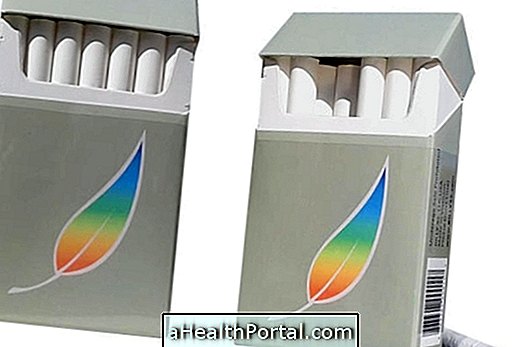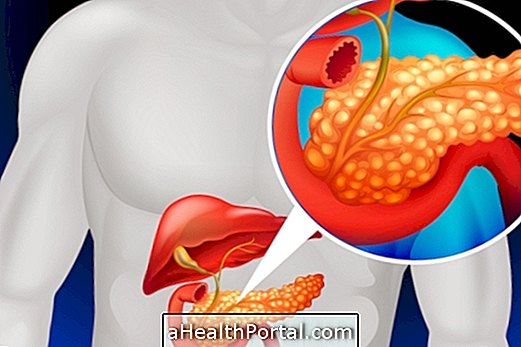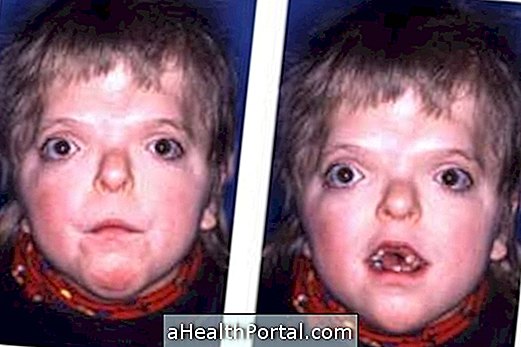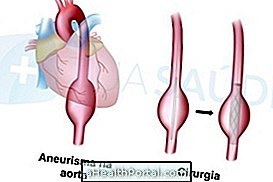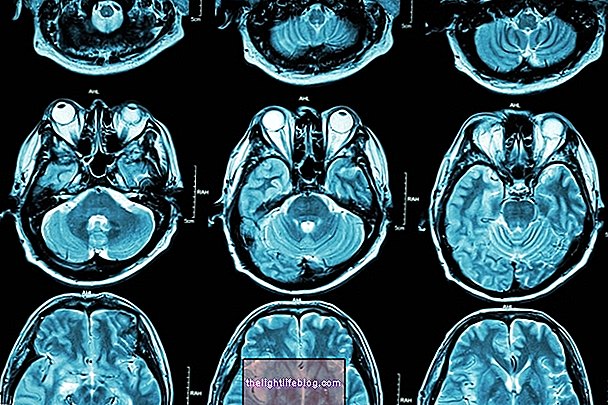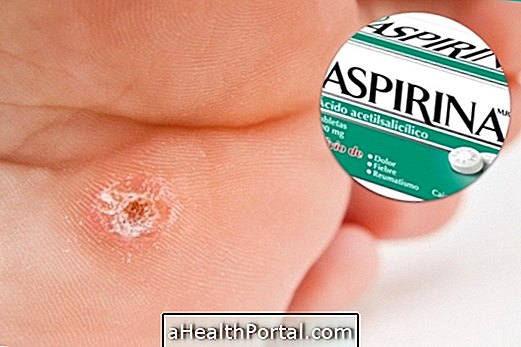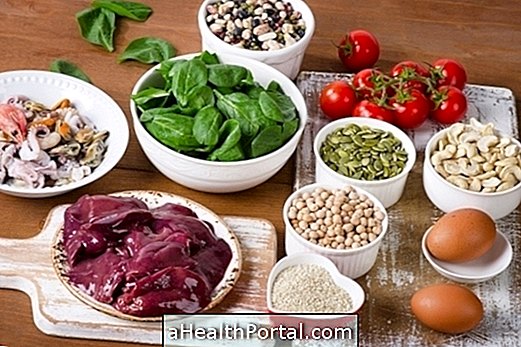Portal hypertension is an increase in pressure in the veins that carry blood from the abdominal organs to the liver, which can lead to complications such as esophageal varices, hemorrhoids, enlarged spleen and ascites. It is usually a disease due to cirrhosis or schistosomiasis.
When the pressure in these veins is greater than or equal to 10 mmHg, it is characterized as portal hypertension.
Symptoms of portal hypertension
The signs and symptoms of portal hypertension are as follows:
- Ascites: caused by the accumulation of fluid coming from the liver to the abdominal region, generating abdominal distension;
- Appearance of hemorrhoids;
- Bleeding from esophageal varices with or without blood in faeces;
- Varicose veins in the esophagus and stomach;
- Spleen enlargement;
- Insufficiency of the liver, especially in patients with cirrhosis;
- Dilated veins;
- Swollen feet.
Causes of portal hypertension
The causes of portal hypertension are related to the increase of resistance anywhere along the portal system, and are therefore divided into:
- Obstructions before blood reaches the liver : caused by splenic vein thrombosis or portal vein thrombosis;
- Obstructions within the liver : caused by cirrhosis, schistosomiasis, sarcoidosis, congenital hepatic fibrosis or alcoholic fibrosis;
- Obstructions after blood passes through the liver : caused by right heart failure, constrictive pericarditis, or Budd-Chiari Syndrome.
Diagnosis of portal hypertension
The diagnosis of portal hypertension is made through:
- Dosage of liver function;
- Endoscopy of the esophagus and stomach;
- Ultrasonography of the liver and the portal venous system;
- Doppler of portal vein and splenic vein;
- Liver biopsy.
Treatment for portal hypertension
Treatment for portal hypertension can be done through taking medications or surgery. The non-surgical treatment has as main objective to reduce the pressure in the door system and is based on the taking of the following medicines:
- Beta blockers such as propranolol, nadolol, isosorbide mononitrate;
- Vasoconstrictors such as vasopressin;
- Vasodilators such as nitroglycerin;
- Somatostatin as octreotide or terlipressin.
Surgical treatment is based on the following procedures:
- Shunt: is a diversion of blood flow to lower blood pressure;
- Liver transplantation: indicated at the place of the "Shunt" if there are signs of liver failure and cirrhosis;
- Endoscopic sclerosis: for the treatment of esophageal varices to prevent bleeding.
Segmental portal hypertension
Segmental portal hypertension is an obstruction of blood flow in the splenic vein, which is a blood vessel that drains blood from the spleen, causing varicose veins in the stomach and esophagus. It usually occurs as a result of thrombosis, chronic pancreatitis or cancer of the pancreas. Treatment is based on total or partial withdrawal of the spleen.
